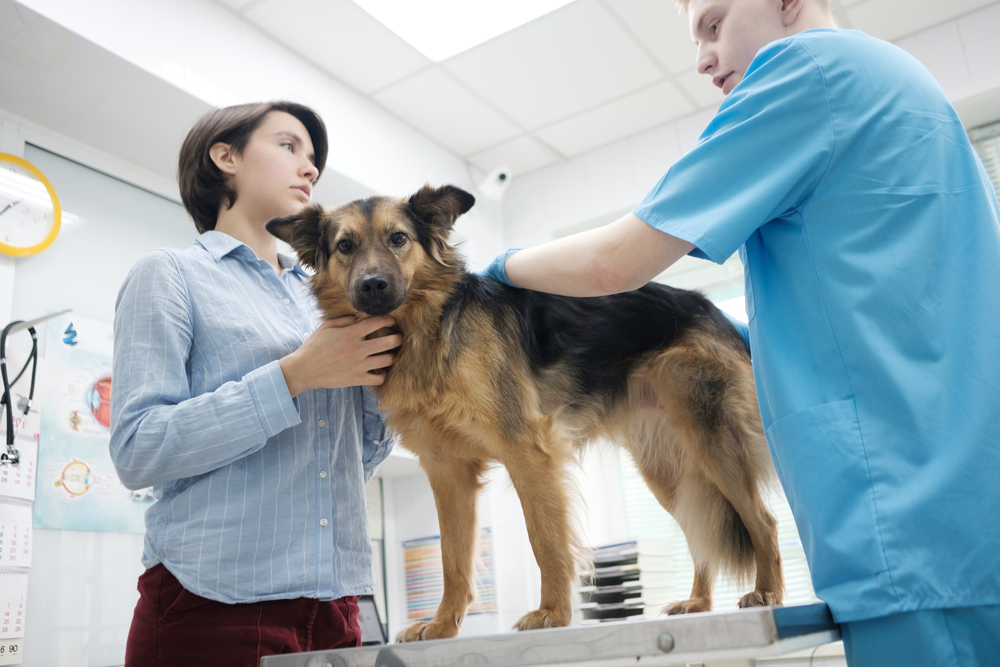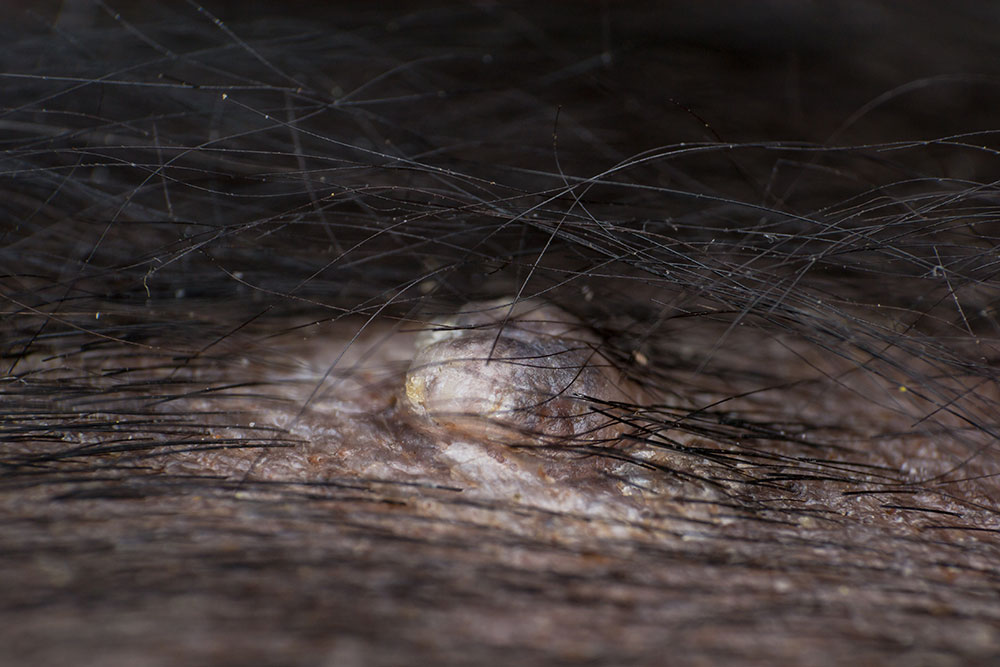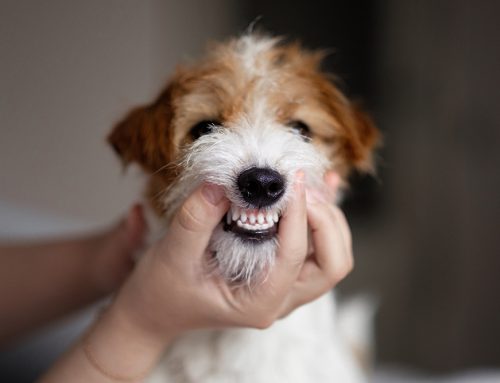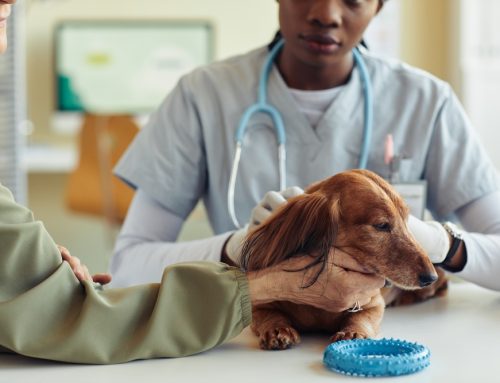The Gentle Vet | West Caldwell, New Jersey
Finding a lump or bump on your pet can feel scary—your mind might immediately jump to the worst-case scenario.
But not every lump is dangerous. Some are completely harmless, while others need quick attention.
At The Gentle Vet, we believe that no pet owner should ever have to worry alone. Our team is here to help you spot the difference, know when to act, and get your pet the compassionate care they need.
If you’re ever concerned about a lump or bump, contact us today for expert advice and support.
Why Pets Develop Lumps and Bumps
There are many reasons why lumps appear, including simple things like blocked glands—or more serious causes like infection or even cancer.
That’s why it’s important to stay alert and have any new growths checked promptly.
Some of the most common causes include:
- Trauma or injury (leading to swelling or bruising)
- Infections (abscesses filled with pus)
- Fatty growths (like lipomas)
- Cysts or blocked glands
- Cancerous tumors
The sooner we understand what we’re dealing with, the better the outcome for your pet.
Common Types of Lumps You Might Notice
Harmless (Usually Non-Cancerous) Lumps
- Lipomas:
Soft, movable fatty tumors often found in older dogs. Generally harmless but should be monitored. - Cysts:
Fluid-filled sacs that can occasionally become irritated or infected. - Elbow Calluses:
Thickened patches of skin, often mistaken for tumors. Especially common in large-breed dogs who lay on hard surfaces.
Learn more about dog elbow calluses.
Lumps That Need Urgent Veterinary Attention
- Abscesses:
Painful, swollen lumps caused by infections—often from bites or punctures. They usually require drainage and antibiotics.
Read about cat abscesses here. - Mast Cell Tumors:
A common form of skin cancer in dogs. These can look harmless but can grow and spread quickly. - Fast-Growing or Changing Lumps:
Rapid growth, redness, pain, or sudden changes in a lump’s appearance are all reasons to seek urgent care.
When Is a Lump an Emergency? How to Tell
Call your vet if you notice:
- A lump that grows rapidly or changes shape
- Pain, swelling, redness, or heat around the lump
- Discharge (blood or pus) coming from the lump
- Your pet acting lethargic, losing weight, or running a fever
- Your pet licking or biting at a lump excessively
If in doubt, it’s always better to have it checked sooner rather than later.
How We Diagnose Lumps and Bumps
At The Gentle Vet, we use a combination of gentle examination and advanced technology to get clear answers.
Our step-by-step approach includes:
- Hands-On Exam: Feeling the lump’s texture, mobility, and sensitivity.
- Fine Needle Aspiration (FNA): A quick, low-pain test that collects cells from the lump for microscopic examination.
Learn more about skin cytology. - Imaging Tests:
If needed, X-rays or ultrasounds can check if the lump affects deeper tissues.
Explore small animal X-ray diagnostics. - Biopsy:
For suspicious masses, a biopsy can give a definitive diagnosis by studying the tissue closely.
Treatment Options: What Happens Next?
Every pet—and every lump—is different. After diagnosis, we’ll talk through the best next steps for your pet.
For Benign Growths
- Monitoring:
Sometimes, we simply watch and measure the lump over time. - Medication:
If infection or inflammation is present, antibiotics or anti-inflammatories may help.
For Concerning or Cancerous Lumps
- Surgical Removal:
Often the safest choice for masses causing discomfort or those with cancerous cells. - Post-Surgical Care:
After surgery, we’ll help you manage healing with clear aftercare instructions and follow-up visits. - Cancer Treatments:
For confirmed cancers, treatments like chemotherapy, radiation, or palliative care may be recommended to keep your pet as comfortable and healthy as possible.
Learn more about pet cancer treatment options.
How You Can Help: Prevention and Early Detection
You are your pet’s first line of defense.
Here’s what you can do:
- Do Regular At-Home Checks:
While petting your dog or cat, feel for any unusual lumps. - Don’t Ignore New Growths:
If you find something, call your vet. Early detection saves lives. - Schedule Routine Vet Visits:
Especially important for senior pets.
Learn how to do a basic home check.

Care When You Need It
At The Gentle Vet, we know that waiting can be the hardest part. That’s why we offer prompt, compassionate care.
If your pet’s lump seems painful, fast-growing, or just plain worrying, contact us right away. We’ll be here to help you and your pet through every step.
Trust your instincts.
If something doesn’t feel right, reach out. We’re here to help you keep your best friend healthy and happy.








Leave A Comment